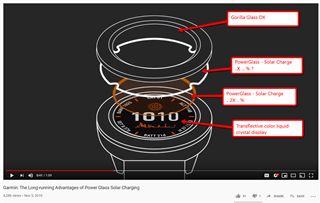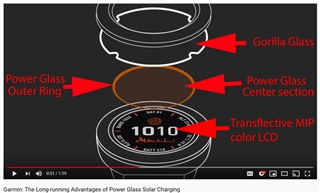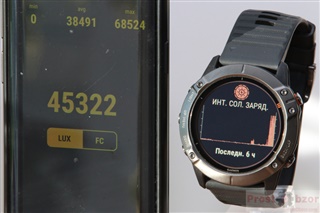Does anybody know what exactly charge lever in percent (%) for each PowerGlass layer?
DC Rainmaker told about it:
orange circle line - maximum charge lever - but what exactly? 100% or 90% ??
Second layer - minimum solar charge - for the whole glass - what charge level? 10 or 20 or 30 % ??
I couldn't such info in the Garmin video - https://www.youtube.com/watch?time_continue=40&v=uKZyRbrm5V4&feature=emb_title
and in this Garmin help - https://support.garmin.com/en-US/?faq=kGDYS8VOj30eMl3lMyqSi6





